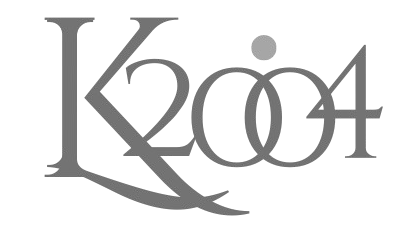Introduction
The word One-Sided signals imbalance one person, view, side, or data point dominates while others are minimized or ignored. That imbalance shows up everywhere: relationships, debates, decision-making, media coverage, academic analysis and even design. Understanding what “one-sided” means in different contexts helps you spot unfairness, reduce bias, and restore balance.
Definitions & common uses
- Literal: Having only one side; physically or visually asymmetric.
- Interpersonal/Emotional: A relationship or interaction where one person invests much more time, energy, or emotion than the other.
- Argumentative/Media: Coverage or reasons that present only one perspective or omit important counterarguments i.e., biased or incomplete.
- Statistical/Analytical: Data that emphasize one outcome (one-sided test), or conclusions drawn from samples that aren’t representative.
- Creative/Design: Compositions where elements are skewed to one side, intentionally or accidentally.
Examples by context
- Romantic friendship: One partner consistently plans, reaches out, and compromises; the other responds mostly passively.
- News reporting: A story presents only the viewpoint of a single stakeholder, leaving readers without context or corroborating sources.
- Workplace decisions: Management makes choices informed by a small group, ignoring frontline staff feedback outcomes favor the decision-makers.
- Research: A one-sided statistical test checks only whether a treatment is better, not whether it could be worse or equal appropriate sometimes, but riskier if misapplied.
Why one-sidedness happens (root causes)
- Cognitive bias: Confirmation bias and availability bias push people toward one-sided conclusions.
- Power asymmetry: Those with influence shape narratives and resource flows.
- Incomplete information: Decisions made under time pressure can rely on the first (or loudest) available input.
- Emotional investment: Strong feelings lead to disproportionate effort or focus on one perspective.
- Design or habit: Processes and systems built without inclusive input tend to reflect the priorities of their creators.
Signs to watch for
- Repeatedly hearing only one viewpoint or outcome presented as definitive.
- Persistent imbalance in effort, initiative, or reward between people in a relationship or team.
- Data or reporting that omit limitations, counterexamples, or alternative explanations.
- Decision outcomes that systematically favor one group over others.
Consequences of staying one-sided
- Erosion of trust: Relationships and teams can fracture when people feel unheard or exploited.
- Poor decisions: Ignoring counter-evidence increases the chance of costly mistakes.
- Polarization: One-sided narratives deepen divisions and reduce opportunities for compromise.
- Reduced creativity and resilience: Narrow perspectives limit problem-solving and adaptability.
How to correct or mitigate one-sidedness
- Seek diverse input — intentionally include people with different backgrounds, roles and viewpoints.
- Practice active listening — summarize others’ points before responding to ensure you understood them.
- Use structured decision processes — checklists, devil’s advocate roles and formal feedback loops reduce bias.
- Balance effort in relationships — set expectations, communicate needs clearly, and redistribute responsibilities when necessary.
- Demand transparency — in media or organizations, ask for sources, methodology, and opposing views.
- Check the data — examine sample sizes, test types (one-sided vs. two-sided), and limitations before drawing conclusions.
- Build accountability — create consequences when dominant voices repeatedly exclude others.
When “one-sided” might be acceptable
There are situations where one-sidedness is deliberate and reasonable for example:
- Emergency decisions: Quick, centralized choices can be necessary during crises.
- Artistic intent: A one-sided composition can produce a deliberate aesthetic effect.
- Targeted research: A one-sided statistical test is appropriate when prior evidence justifies testing in a single direction.
The key is being conscious of the trade-off and transparent about why a one-sided approach was chosen.
Practical checklist (quick)
- Who is missing from this conversation?
- What evidence contradicts our current view?
- Are rewards, responsibilities and input evenly distributed?
- Have we considered a two-sided (or multi-sided) analysis where appropriate?
- If this is intentional, have we documented why?
Conclusion
“One-Sided” is a short phrase with wide consequences. Whether it’s a romantic partnership, a research report, a news story, or a design layout, one-sided situations can be harmful when they arise from oversight, bias, or exclusion. By recognizing the signs, welcoming diverse perspectives, and using structured methods, you can reduce harmful imbalances while still retaining speed and clarity when a one-sided choice is necessary.







